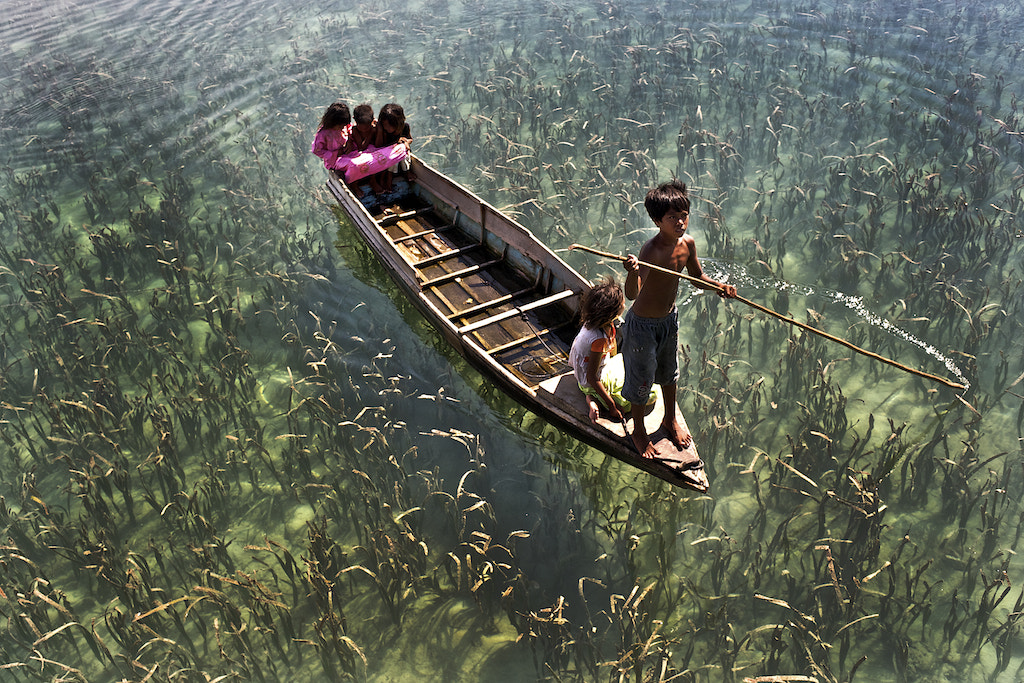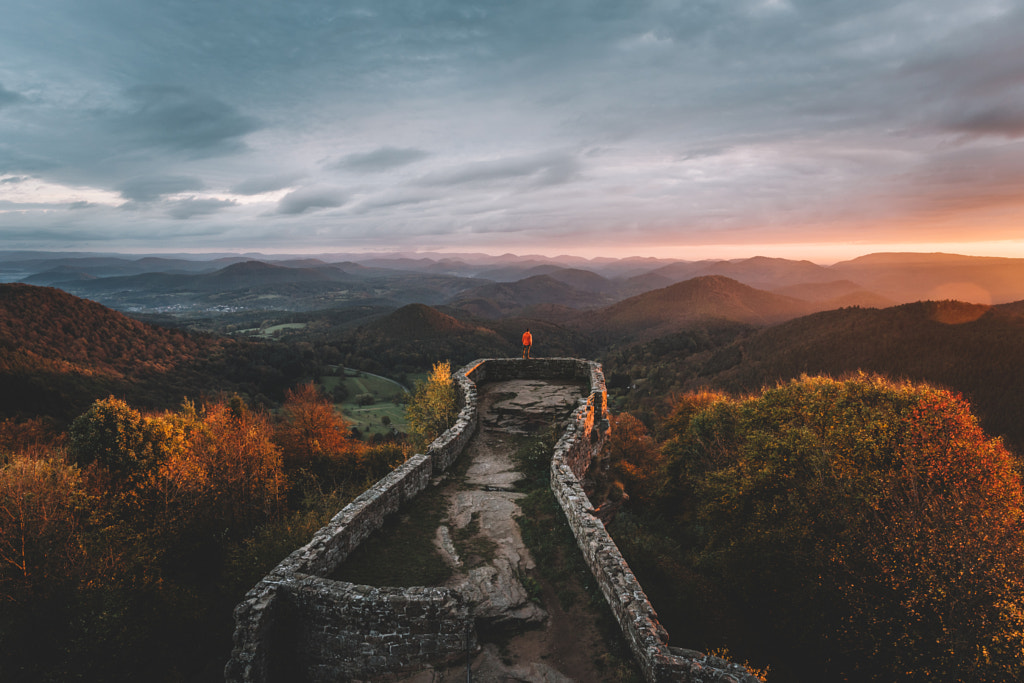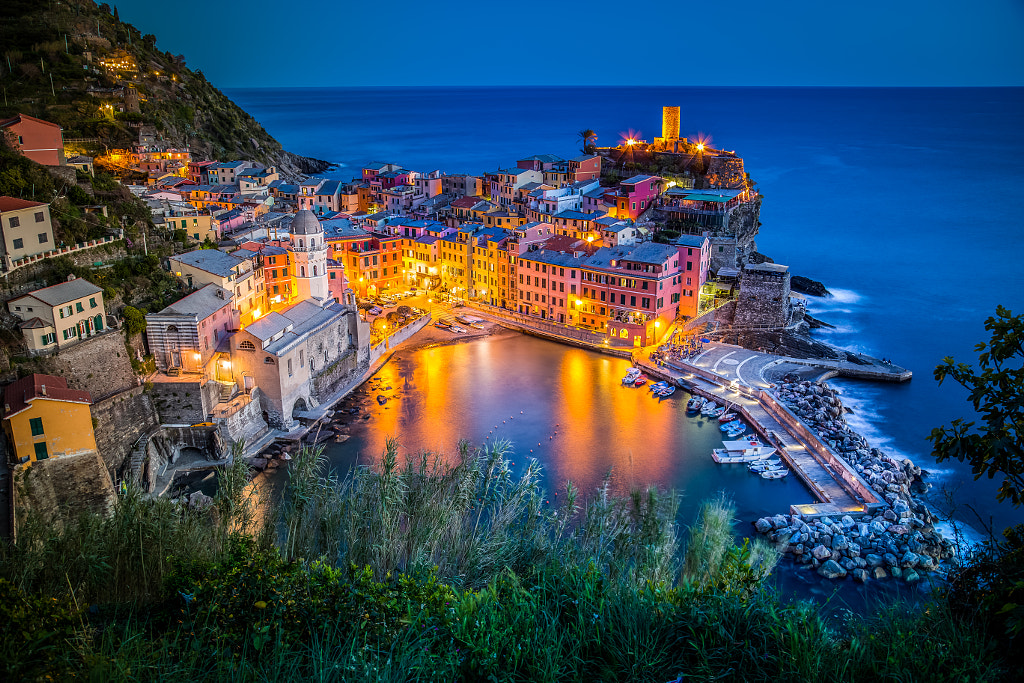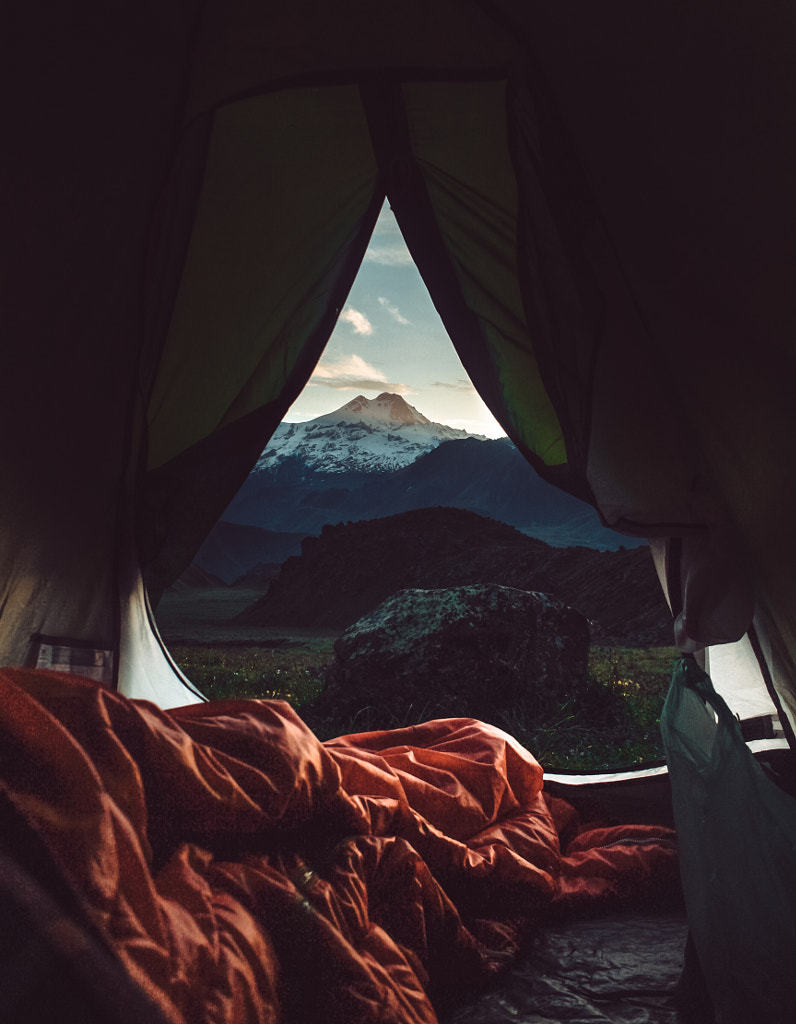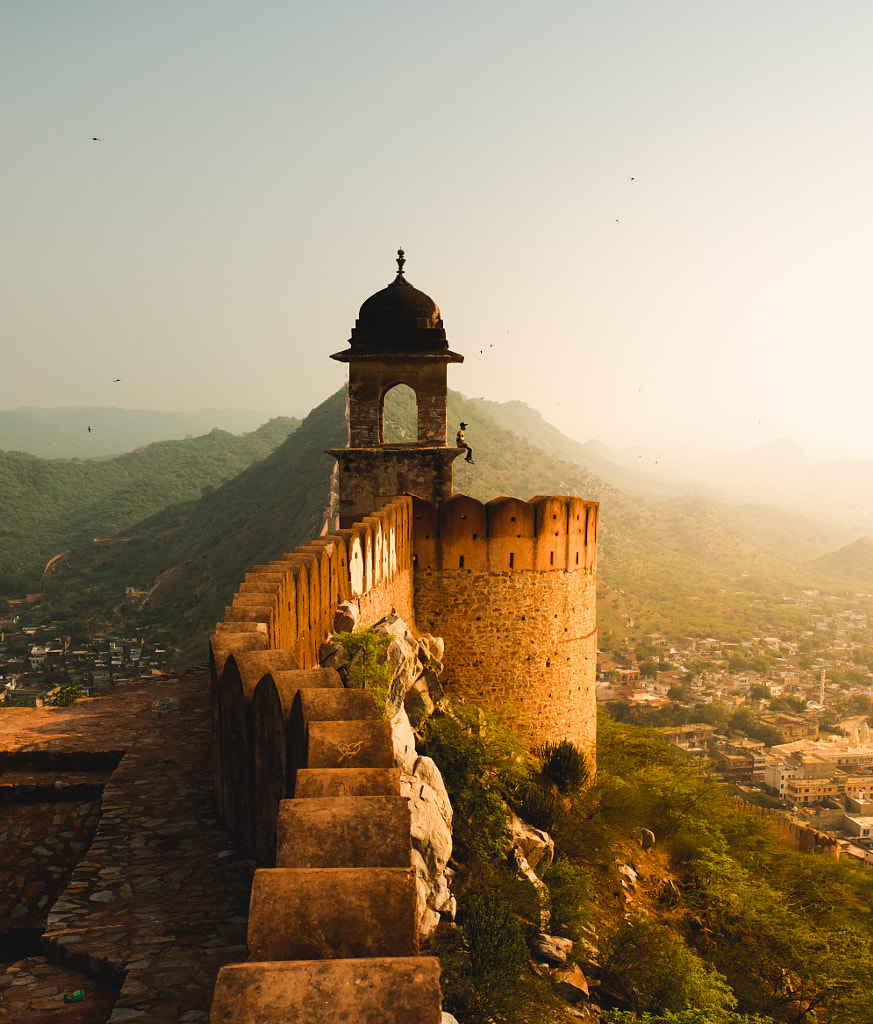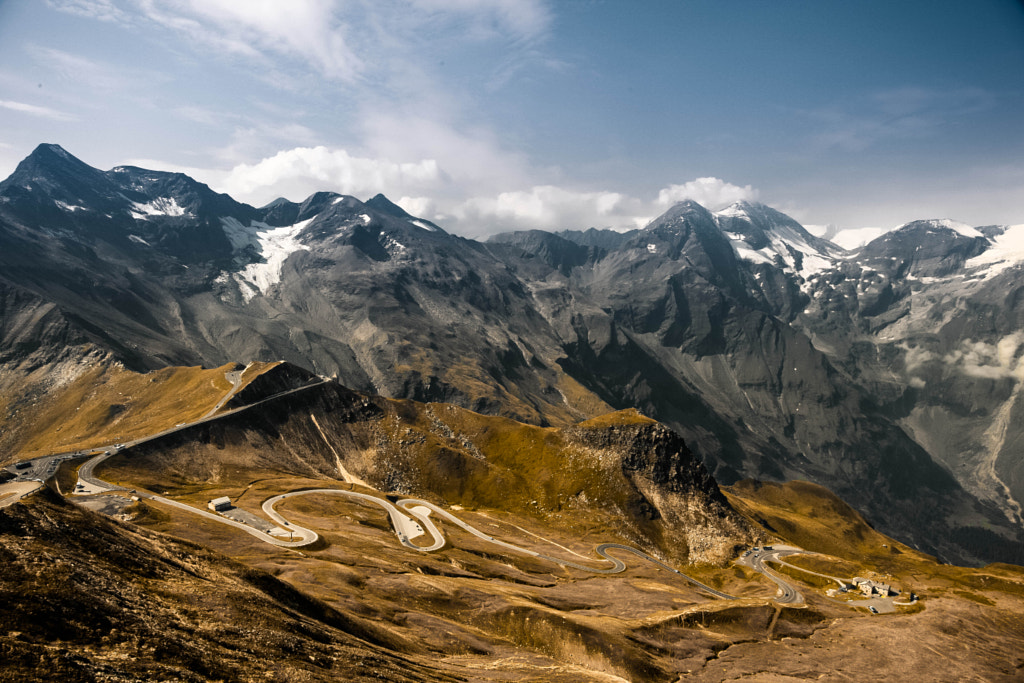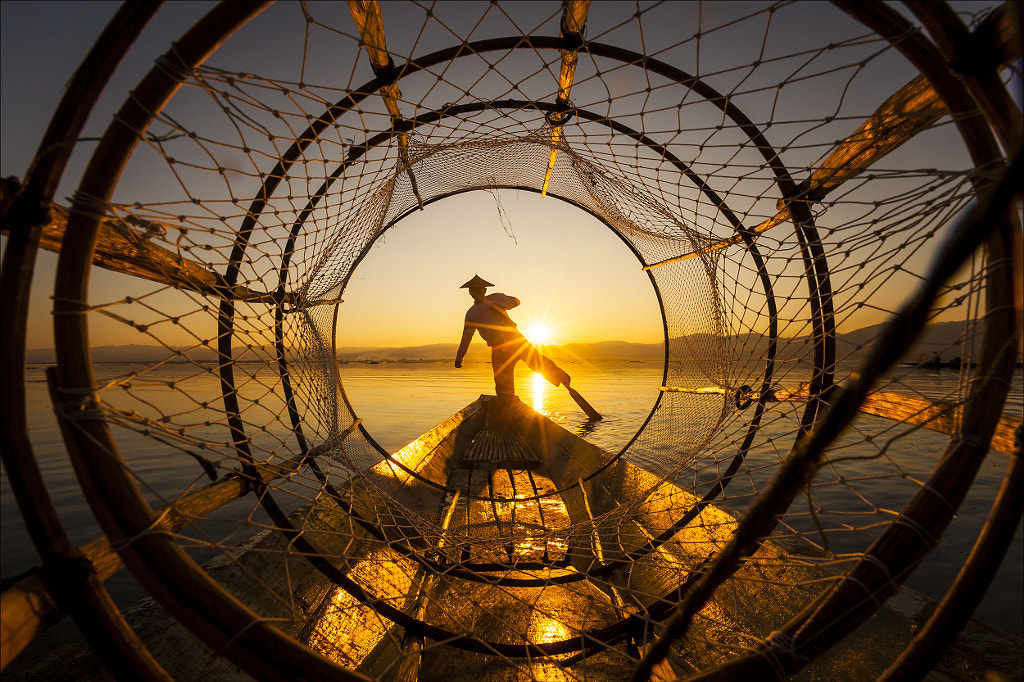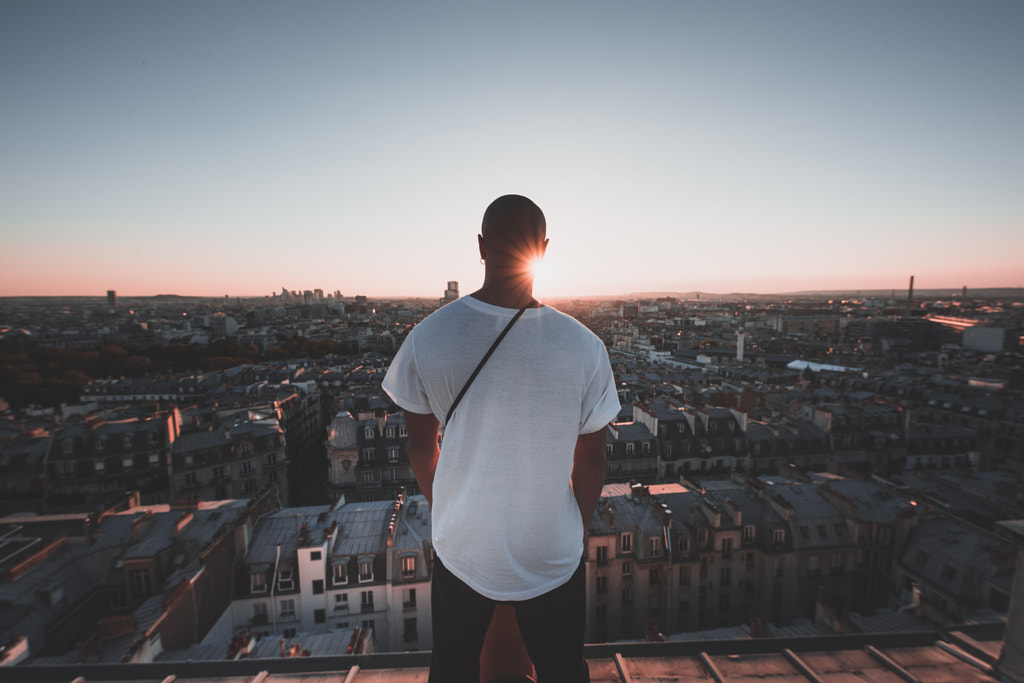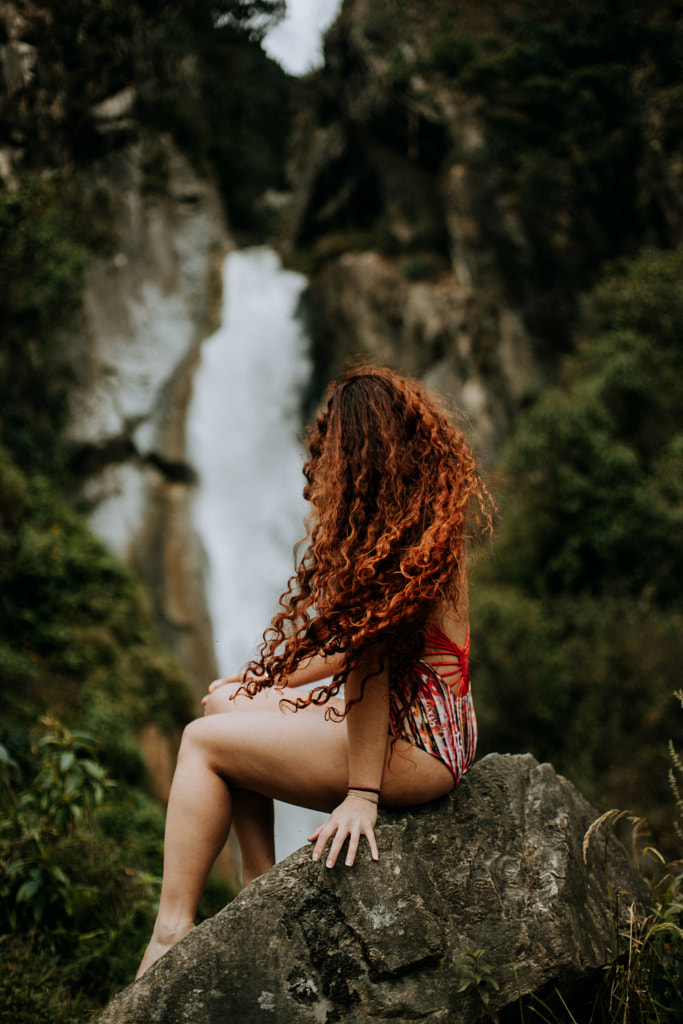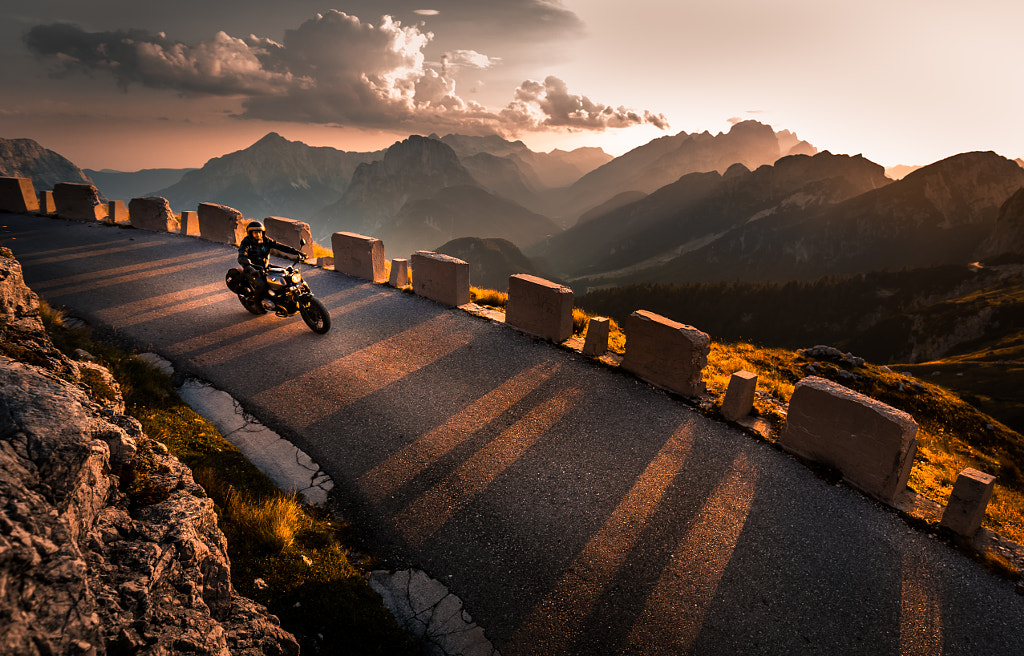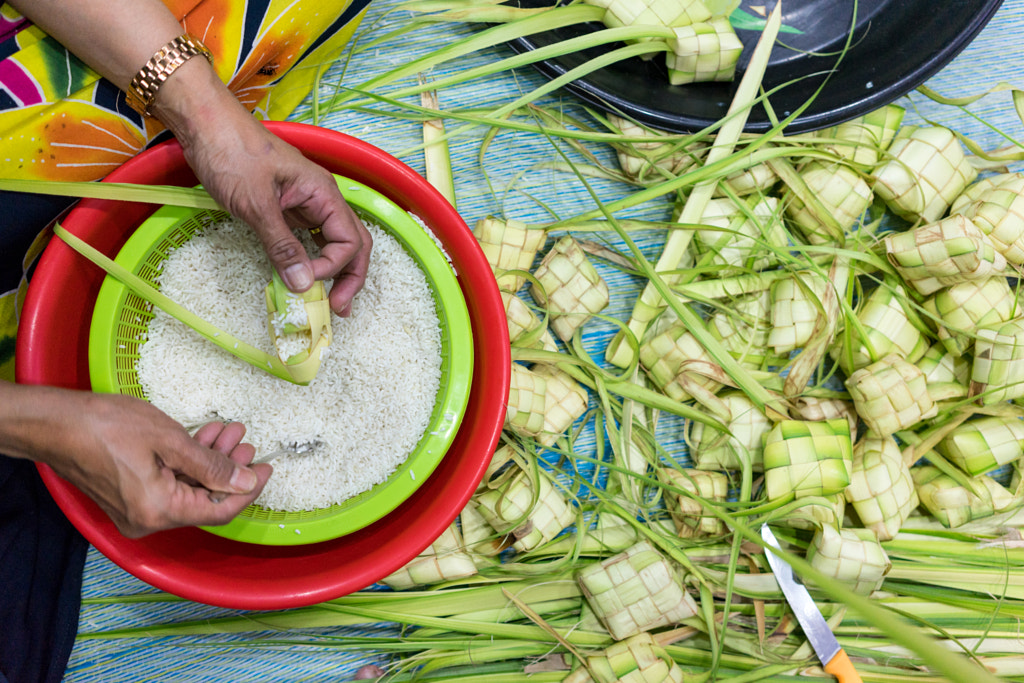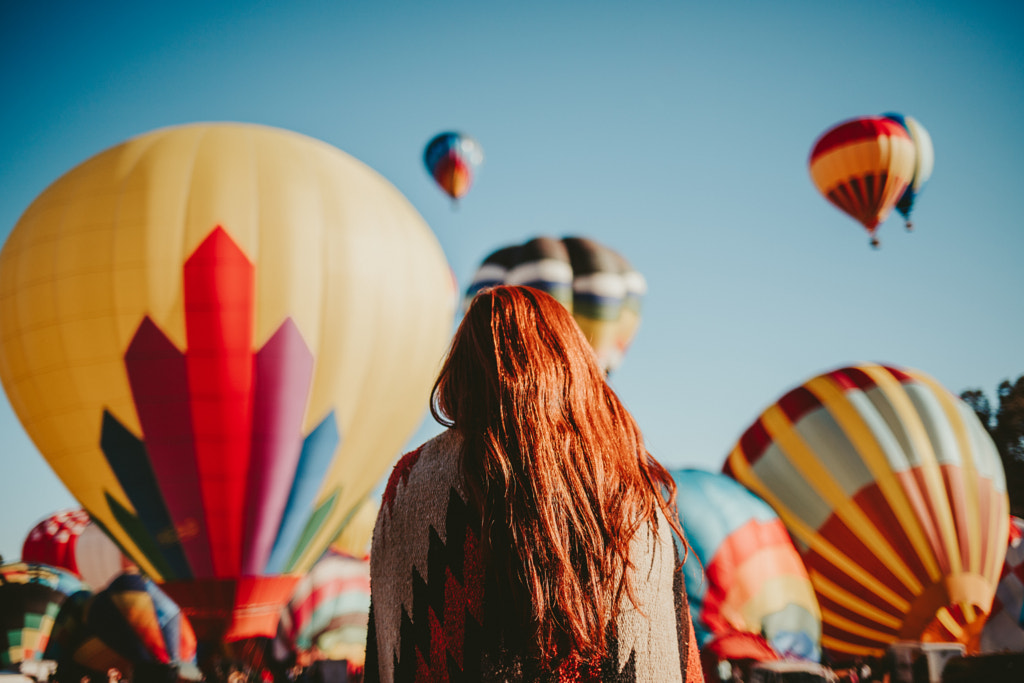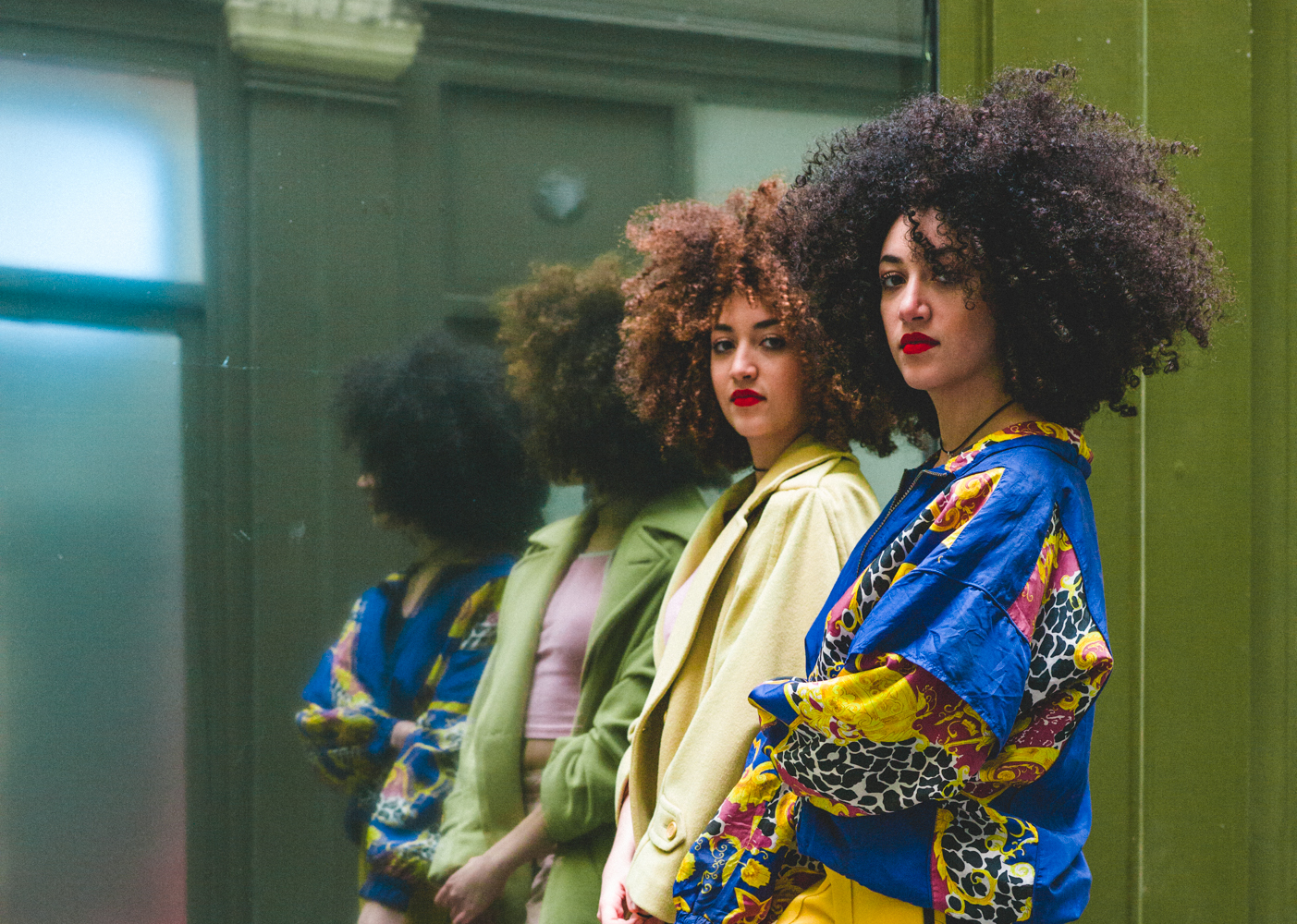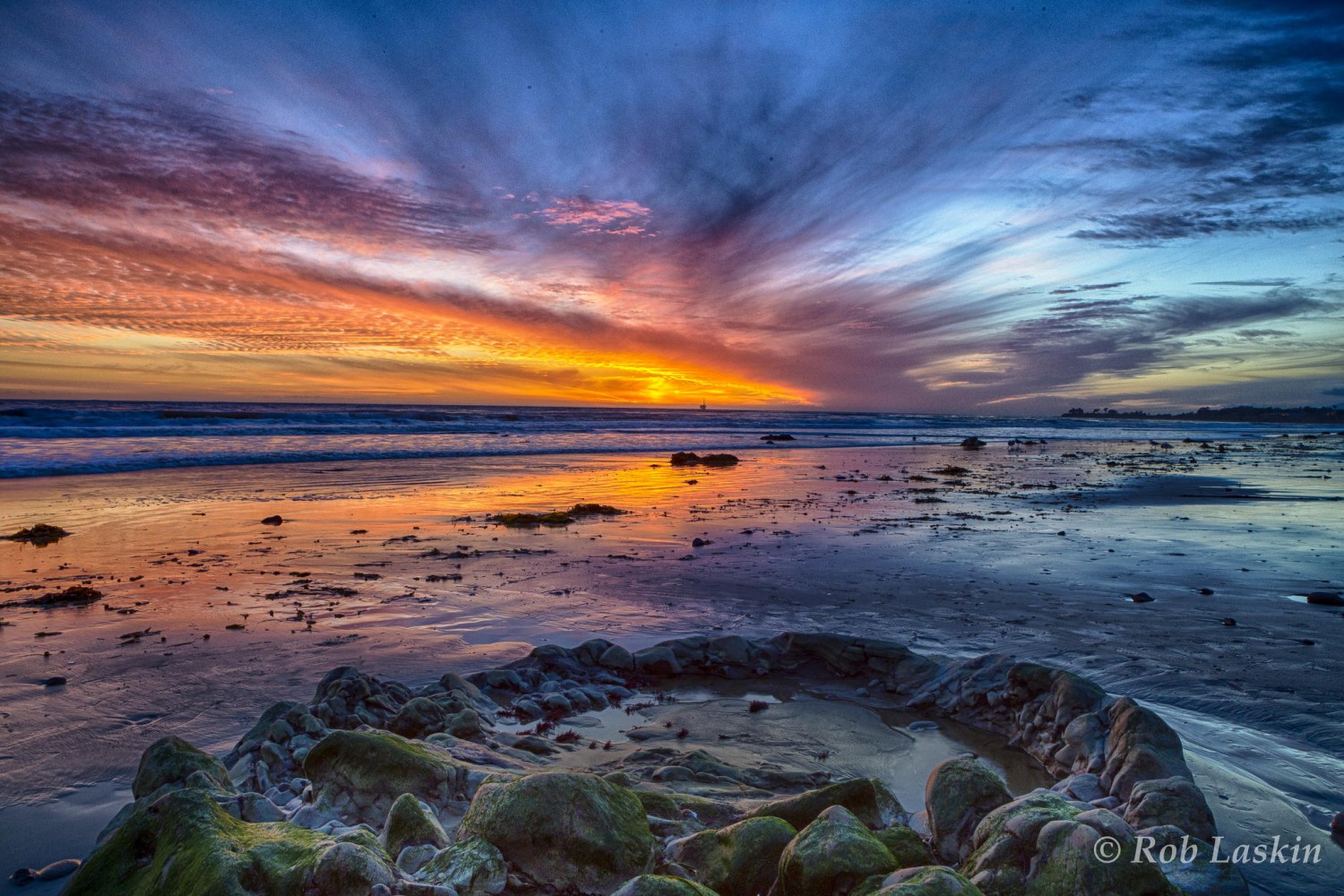According to a recent report, people between the ages of 18 to 34 are likelier to spend more money on travel than any other age group. On average, the millennials polled spent 35 days per year traveling, as opposed to just 26 for Gen X, and they were willing to spend upwards of $5000 on vacation costs.
As the travel industry shifts, travel photography changes with it. Nearly 90% of Gen Z travelers use Instagram, Facebook, and other social networks to plan their trips—and brands and agencies are catching on.
Advertisers and designers want images that tell real stories and inspire that feeling of wanderlust. That means that the typical tourist snapshots of decades past are being replaced by photos that resonate on an emotional level.
Here are our top tips for creating travel photos that will capture the attention of image-buyers in today’s competitive market—and potentially offset some of the cost of your vacation.
Do your homework
Before your trip, set aside a solid chunk of time for research. This preliminary phase is almost as important as the trip itself, so use it wisely.
Run some searches on 500px, Getty Images, Instagram, and Pinterest to see what locations have already been covered by other photographers, and how they’ve been portrayed in the past.
Look at the best-selling and most popular travel photos for inspiration, and take notes on the situations, scenes, and elements they’ve captured (for example, a tourist taking a selfie in front of a landmark, or the view from inside a tent). These photos have sold for a reason—see if you can spot any patterns or themes, and then incorporate them into your work as well.
Be different
You’ll also want to find at least a few spots or events that haven’t already been photographed by other Contributors.
Read local newspapers and magazines, in addition to the typical tourist brochures and popular travel websites, to get a feel for what’s happening in the neighborhoods you’ll be visiting. These smaller (and often overlooked) publications contain a wealth of valuable and specialized information, from busy street markets to seasonal festivals and events.
Once you arrive, consult your hotel concierge or your local host. In addition to asking what they recommend for tourists, ask them where they hang out on a daily basis. Where do they eat on a night out with friends, and where do they take their kids on the weekends? Speaking with the locals is your best chance at finding those special, out-of-the-way gems that stand out to buyers.
Build a shot list
Once you’ve compiled specific locations that could be of interest, narrow your list down to your must-have shots. Your shot list should include wide shots of the entire scene as well as up-close detail shots for context.
Bring a couple of different lenses for variety. Make sure to include all the elements that make your destination iconic and recognizable, and incorporate some photos with a first-person perspective.
You’ll never have as much time as you think you do, so budget it well. At the very least, you’ll want to scout all your locations on Google Earth to ensure they’ll make for some great pictures. You’ll also need to be mindful of protected and trademarked locations and landmarks, like the Disney Parks, Graceland, or the Royal Parks.
Learn the language
Brush up on your vocabulary. You don’t have to be fluent, but a decent handle on the basics will help open doors that remain closed to your average tourist. A simple “May I take your photo?” can go a long way.
In addition to learning the language, read up on the customs of the country you are visiting so you don’t insult anyone without realizing it.
Get those property releases
Be wary of any privately-owned locations, as you’ll need a signed property release from the owner.
Usually, you can contact the local government to get in touch with the owner. In exchange for the use of their property, you might have to pay a fee—or even better, you can offer some of your photos for free. This can be especially helpful in hotels and restaurants, where good photos are always appreciated.
Find your models
When building a Licensing Portfolio, you’ll want to include as many model-released photos as possible, so think about bringing a friend along for the trip.
If you’re traveling alone, it helps to do a quick search on Instagram and Model Mayhem for models based in the city or town you’re visiting. You can also connect with local photographers through social media—they’ll have their own tips for finding models.
Get permission
The people in your photos don’t have to be professional models, as there’s a high demand for authentic images of real people. Keep some 500px model releases in your camera bag if you want to get formal consent from those you meet on-the-go, or download a convenient model release app like Releases (free) or Easy Release ($9.99) if you want to go digital.
Depending on where you are, asking permission before you photograph someone (or even someplace) could be a courtesy, or it could be the law, so study up on the rules and etiquette before you go.
Tell a story
When working with models, be sure to capture them interacting with, and experiencing the local culture. Images that tell these intimate, personal stories are more attractive to buyers than shots that seem staged or “set-up.”
There’s a big market for solo travel photos these days, so use models to tap into that sense of adventure. Document people in their environment.
Stay ethical
The movement towards sustainable travel isn’t just good for the environment and our local communities—it also offers plenty of opportunities for unique photos.
Make informed, ethical choices about where you stay and what you do during your trip, as today’s image-buyers are increasingly interested in eco-friendly travel alternatives and sustainable options.
Keep a journal
For a travel photographer, a pen is almost as valuable as a camera. Taking regular notes will help you to hold onto the atmosphere of a location—its sounds, smells, temperature, pace—and capture it in your images.
It’s also important to have detailed caption information, especially if you’d like to submit your photos for editorial use. Your location details and geotags must be accurate as well, and relevant keywords will improve your photos’ discoverability.
Photograph everything
When it comes to Licensing, variety is the name of the game. While most travelers might only shoot the famous sights, great stock photographers bring their cameras everywhere. They aim for quality and quantity.
That means keeping an eye out for opportunities even when you don’t expect them, like during a casual walk through the neighborhood or a train journey to your final destination. Your evening meal could also provide the perfect photo-op, especially if it’s a special local dish.
Take nothing for granted
Plan for return trips, but don’t bank on them. If your guide asks you to visit an ancient site or invites you over to dinner with his family, seize the opportunity right then and there.
No one can predict the future. Photographers who traveled to Syria before 2011 will never get another chance to see the sites that have since been damaged during the civil war. Those who visited Cuba in 2014 could hardly have known how the country was about to change forever.
These are extraordinary scenarios, but when it comes to traveling, don’t put things off until tomorrow if you can do them today. You never know how rare and valuable your photos could become over time.
Stay in touch
Connect with your local guide on social media, and trade contact info with the people you meet along the way. Send prints to the people you’ve photographed—it’s a simple, but often overlooked, way to thank them for their time.
Keeping in touch will help you stay abreast of what’s trending in the area and seize the moment as new opportunities present themselves.
Not on 500px yet? Sign up here to explore more impactful photography.


